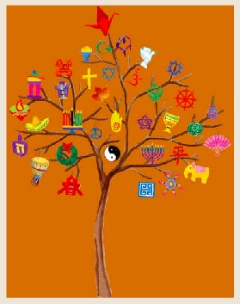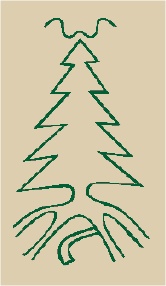The class meeting is one of the most powerful tools a teacher has to ensure that a positive learning environment is created and maintained throughout the academic year. Many teachers mistakenly think that Class Meetings are only a tool for problem-solving after something has happened. While this is the perfect time to hold a Class Meeting, there are many, many other times a Class Meeting can be useful. It might make sense to view these other times as opportunities or as prevention strategies to use before something happens.
Classroom meetings can be used for a variety of purposes such as Connection, Planning, Goal-Setting, Problem Solving, Assessing/Evaluating. Classroom meetings build empathy, self esteem, cooperation, children’s involvement and ownership of classroom life. Additionally class meetings are opportunities for students to build communication skills and assume responsibilities.
Building blocks for an effective class meeting:
• a physical environment that differs from the usual classroom setup, i.e., circular seating
• an introduction that includes compliments and appreciations
• an agenda and everyone knows what it is
• a chance to provide good communication skills
• a toleration of differing perspectives and opinions
• recognition of needs-based motivation
• an opportunity to role play
• focus on non-punitive actions




 Materials Needed: Paper and Paint (crayons, markers, or pastels could also be used) Think of an idea or an emotion. Experiment with a variety of marks (smooth, slow, graceful, short, orderly, jagged, quick, chaotic) and colors (cool, warm, bright, muted). Paint the emotion or idea without making objects or people. Now try painting the idea of conflict. Paint the emotions that one would feel when in conflict. Then paint the emotions that one would feel when conflict is resolved. Share your results!
Materials Needed: Paper and Paint (crayons, markers, or pastels could also be used) Think of an idea or an emotion. Experiment with a variety of marks (smooth, slow, graceful, short, orderly, jagged, quick, chaotic) and colors (cool, warm, bright, muted). Paint the emotion or idea without making objects or people. Now try painting the idea of conflict. Paint the emotions that one would feel when in conflict. Then paint the emotions that one would feel when conflict is resolved. Share your results! He gathered all the chiefs of each of these tribes and took one arrow from each chief. He held up one arrow and broke it. He told the people that it is as easy to break that one arrow as it is to break the rest of them, if they are not united. He explained that tribes working together in peace makes all of the tribes strong. He then asked each chief if he would help his tribe to stop fighting. When the chief agreed, he gave him a new arrow. When all the chiefs agreed, he took their new arrows and tied them together in a bundle. He then passed the bundle around and asked each chief to try to break the bundle of arrows. They could not break the bundle. Hiawatha then explained that the Nations working together in peace are like the bundle and cannot be broken.
He gathered all the chiefs of each of these tribes and took one arrow from each chief. He held up one arrow and broke it. He told the people that it is as easy to break that one arrow as it is to break the rest of them, if they are not united. He explained that tribes working together in peace makes all of the tribes strong. He then asked each chief if he would help his tribe to stop fighting. When the chief agreed, he gave him a new arrow. When all the chiefs agreed, he took their new arrows and tied them together in a bundle. He then passed the bundle around and asked each chief to try to break the bundle of arrows. They could not break the bundle. Hiawatha then explained that the Nations working together in peace are like the bundle and cannot be broken. When peace had successfully been spread among the five nations, the people gathered together to celebrate. They uprooted a white pine tree and threw their weapons into the hole. They replanted the tree on top of the weapons and named it the Tree of Peace, which symbolizes the Great Law of Peace that the five nations, collectively known as the Haudenosaunee came to live by. The four main roots of the Tree of Peace represent the four directions and the paths of peace that lead to the heart of Haudenosaunee territory, where all who want to follow the Great Law of Peace are welcome. At the top of the Tree of Peace is an eagle, guardian of the Haudenosaunee and messenger to the Creator.
When peace had successfully been spread among the five nations, the people gathered together to celebrate. They uprooted a white pine tree and threw their weapons into the hole. They replanted the tree on top of the weapons and named it the Tree of Peace, which symbolizes the Great Law of Peace that the five nations, collectively known as the Haudenosaunee came to live by. The four main roots of the Tree of Peace represent the four directions and the paths of peace that lead to the heart of Haudenosaunee territory, where all who want to follow the Great Law of Peace are welcome. At the top of the Tree of Peace is an eagle, guardian of the Haudenosaunee and messenger to the Creator.